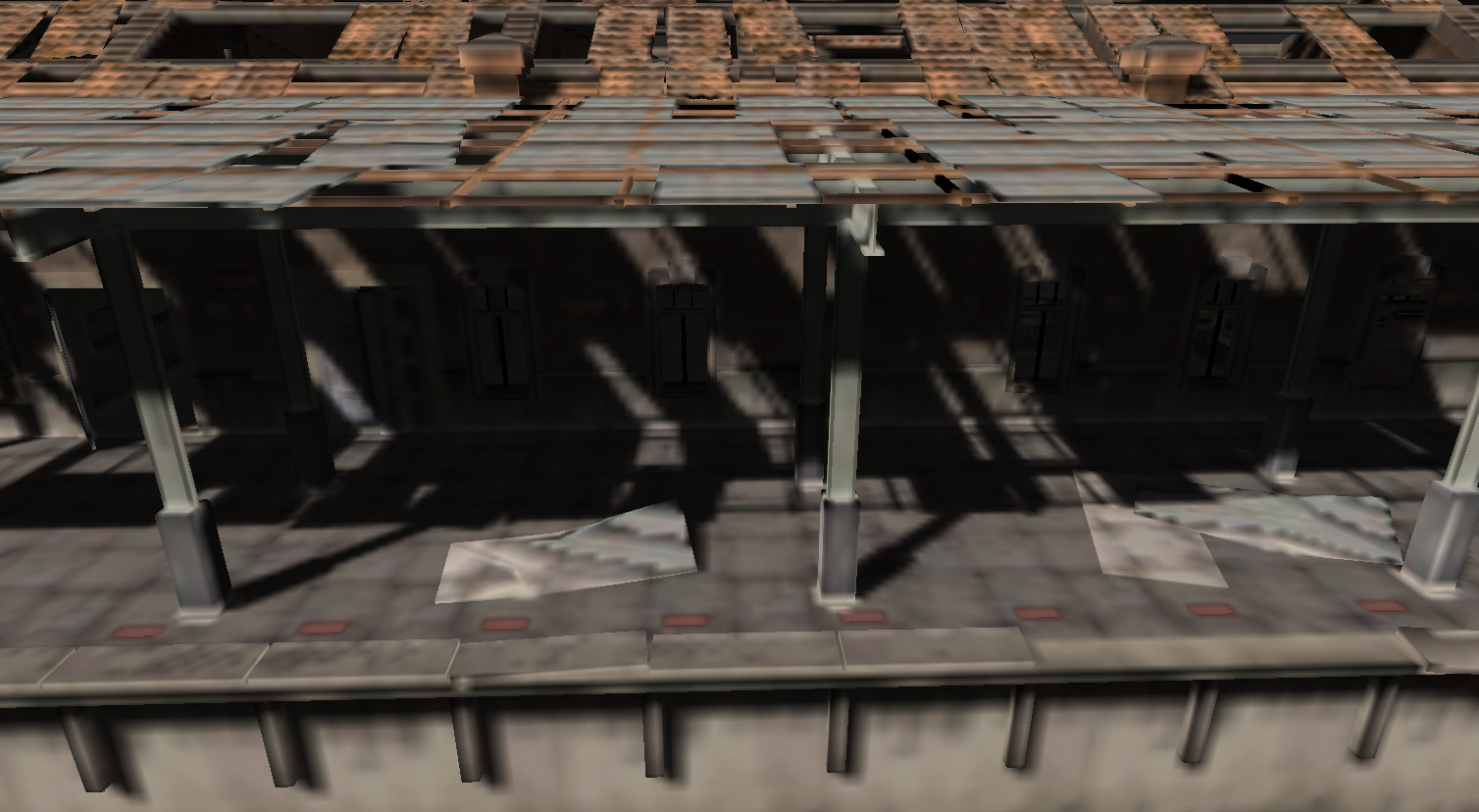What I currently do (no texture compression - for a reason though):
cbuffer InputDimensions : register(b0)
{
uint3 dimensions;
}
cbuffer InputMiplevels : register(b1)
{
uint srcMiplevel;
uint miplevels;
float texelSize;
}
SamplerState srcSampler : register(s0);
Texture3D<float4> srcLevel : register(t0);
RWTexture3D<float4> mipLevel1 : register(u0);
groupshared float4 tmp[8];
void StoreColor(uint idx, float4 color)
{
tmp[idx] = color;
}
float4 LoadColor(uint idx)
{
return tmp[idx];
}
float HasVoxel(float4 color)
{
return color.a > 0.0f ? 1.0f : 0.0f;
}
// Naive version to generate single mipmap level from the previous one
//
// Runs in 2x2x2 workgroup
[numthreads(2, 2, 2)]
void GenerateMipmaps(uint GI : SV_GroupIndex, uint3 DTid : SV_DispatchThreadID)
{
// Each thread in workgroup loads single voxel and stores it on groupshared memory
float4 src0;
float4 src1;
float4 src2;
float4 src3;
float4 src4;
float4 src5;
float4 src6;
float4 src7;
float3 uvw = (DTid.xyz + 0.5f) * texelSize;
src0 = srcLevel.SampleLevel(srcSampler, uvw, (float)srcMiplevel);
StoreColor(GI, src0);
GroupMemoryBarrierWithGroupSync();
// For first thread in workgroup only
if (GI == 0)
{
// Load all 8 colors from shared memory
src1 = LoadColor(GI + 0x01);
src2 = LoadColor(GI + 0x02);
src3 = LoadColor(GI + 0x03);
src4 = LoadColor(GI + 0x04);
src5 = LoadColor(GI + 0x05);
src6 = LoadColor(GI + 0x06);
src7 = LoadColor(GI + 0x07);
// Perform mipmapping function
float div = HasVoxel(src0) + HasVoxel(src1) + HasVoxel(src2) + HasVoxel(src3) + HasVoxel(src4) + HasVoxel(src5) + HasVoxel(src6) + HasVoxel(src7);
if (div == 0.0f)
{
src0 = 0.0f;
}
else
{
src0 = (src0 + src1 + src2 + src3 + src4 + src5 + src6 + src7) / div;
}
// Store value
mipLevel1[DTid / 2] = src0;
}
}
This is a single level variant (I also have variants which build 2 and 3 miplevels at once (where you work similarly to the above code, just use a (4,4,4) group (or (8,8,8)) - this reduces the number of times compute needs to be invocated, properly select which thread is first (use masks) and calculate. This is basically equivalent on how you can do mipmap generation also in 2D images.
In terms of performance… Voxelization for Crytek Sponza (realtime) incl. mipmapping with multiple dynamic objects and few skinned meshes takes about 1ms for 256^3 and about 5ms for 512^3. I believe you can do better than me as I'm writing quite some data into the 3D texture. This timing is on Radeon 6800, on previous GPU I had (Radeon 590) the timing was about the same - which I believe points out to be fillrate dependent, and not compute dependent. Resolving GI is MUCH faster on new 6800.







